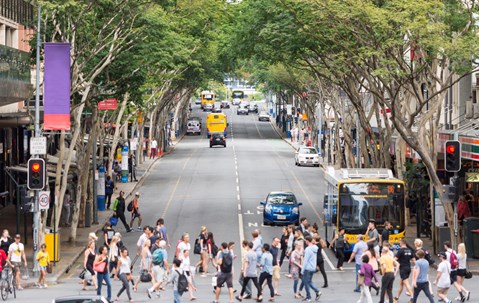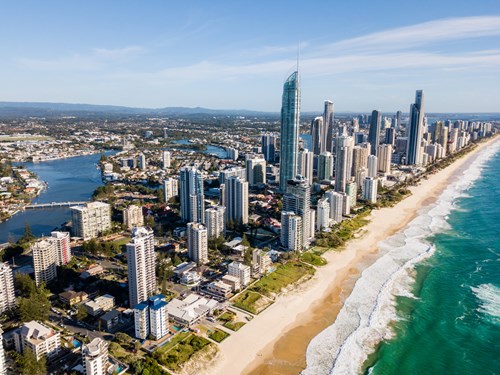News & Tips

The Population Boom Underpinning Queensland’s Decade of Opportunity
One of the criticisms of modern society is that we are often too focused, almost exclusively, on the short term at the expense of the long term.
This is especially the case when it comes to the lack of long-term thinking about the future and how we can best capitalise on opportunities while minimising risks and challenges.
At Oliver Hume, our 70 years of experience have taught us many valuable lessons.
One of the most important lessons is that focusing excessively on the immediate and the short-term, at the expense of the long-term and strategic thinking more broadly, is often a key ingredient for regret.
In our field of expertise – residential property and the greenfield land market in particular-- we encourage our stakeholders (including developers, property buyers, consultants and others) to look beyond the ‘right now’ and think about the opportunities ‘over the horizon.’
This simple shift in perspective often helps to distinguish between what is important and what is not. It also provides greater clarity on where (and how) we should be devoting time, energy and effort.
One of the locations we continue to focus on is Queensland – a state which we are increasingly optimistic about and consider will be an increasingly important market.
Queensland’s modern and diverse economy, strong population growth, attractive lifestyle and ongoing infrastructure investment (including for the 2032 Olympics) are but some of the many factors that should continue to drive the Sunshine State over the next decade and beyond.
Population growth forecasts highlight the extent of the opportunity.

Queensland’s population was estimated to be 5.2 million on 30 June 2021 and is projected to reach 6.2 million by 2032–33. That’s 1,000,000 new people who will need a range of goods and services, including a place to call home.
One million new people is greater than the combined population of Hobart, Darwin and Canberra (over 850,000 people as of 30 June 2021). It is also equivalent to almost half of Perth’s population (2.2 million people) or a fifth of Melbourne’s population (almost 5 million) as of 30 June 2021.
With Queensland’s average household sizes continuing to decline, we can expect that demand for dwellings will outstrip that of population growth.
Queensland has been the main destination for interstate movers for several decades.
The 2021 Census highlighted that more people moved to Queensland from any other jurisdiction than anywhere else in Australia in the previous five years (a net gain of over 100,000 people). In the year ending 30 June 2022, Queensland recorded the highest level of net interstate migration (over 55,400 people).
Over the subsequent decade, interstate migration will continue to play a leading role in driving Queensland’s population growth.
Queensland’s net interstate migration is projected to return to pre-COVID-19 levels, reaching 21,000 in 2023–24, and remain high for the next decade. The state is expected to continue to have the highest interstate migration of any Australian jurisdiction.
Of course, with so many people planning to call Queensland home, a risk is a worsening housing shortage which further erodes affordability and eventually provides a disincentive for people to move to Queensland.
On this front, the Queensland Government is implementing various policies and strategies to ensure the state can manage the rapidly growing population.
If the State Government can ensure new land and dwelling supply is adequate to meet the growing population, there is no reason Queensland can’t live up to the expectations of the one million new residents who will call the Sunshine State home when the Olympic flame is ignited to start the Brisbane 2032 Summer Olympics.
By George Bougias
National Head of Research
Oliver Hume

